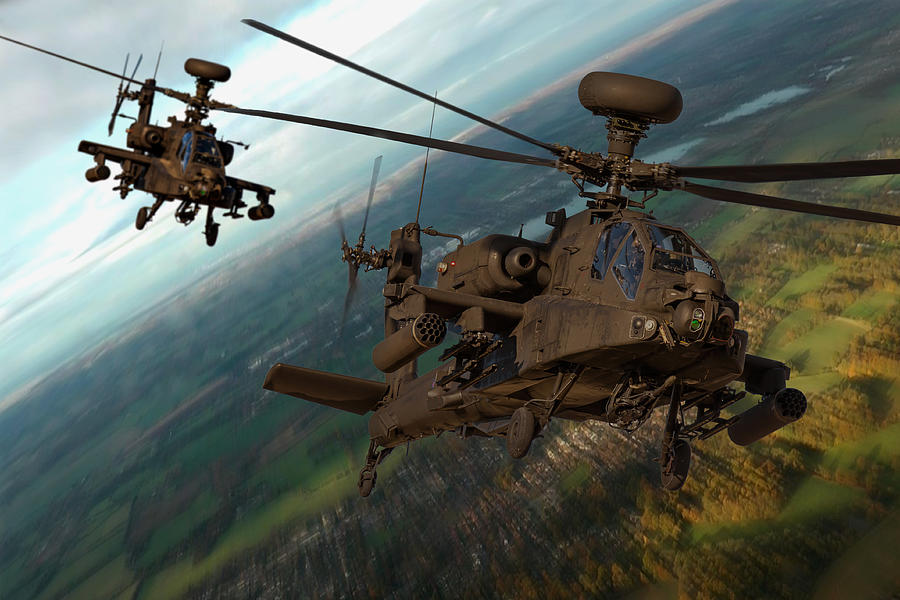In a groundbreaking move, two giants in the aerospace and defense industry, BAE Systems and Leonardo, have joined forces to develop an innovative interactive aircraft survival capability. This collaboration represents a significant leap forward in enhancing aircraft survivability in the face of modern threats and challenges. In this article, we will explore the details of this collaboration and the potential impact it may have on the future of aircraft safety and defense.
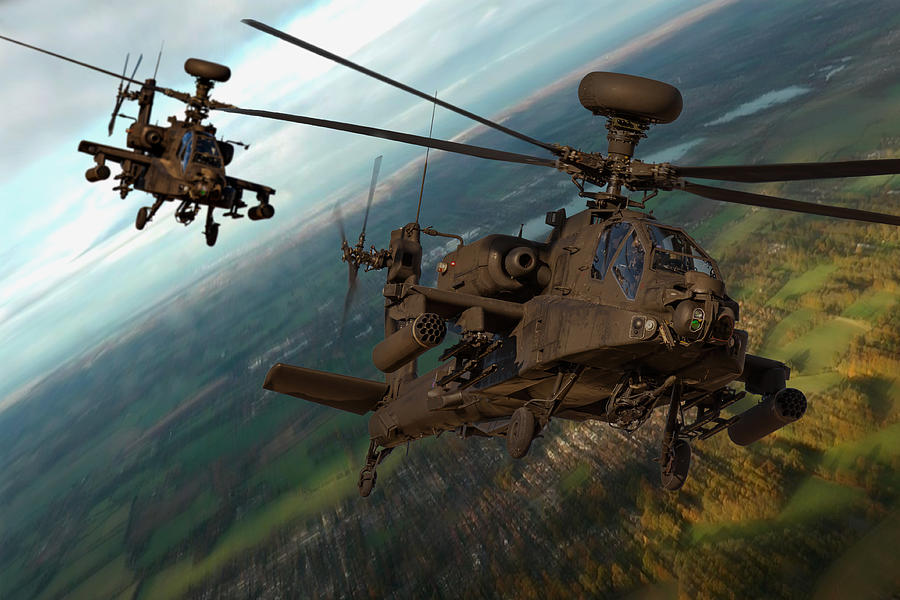
The Need for Enhanced Aircraft Survivability
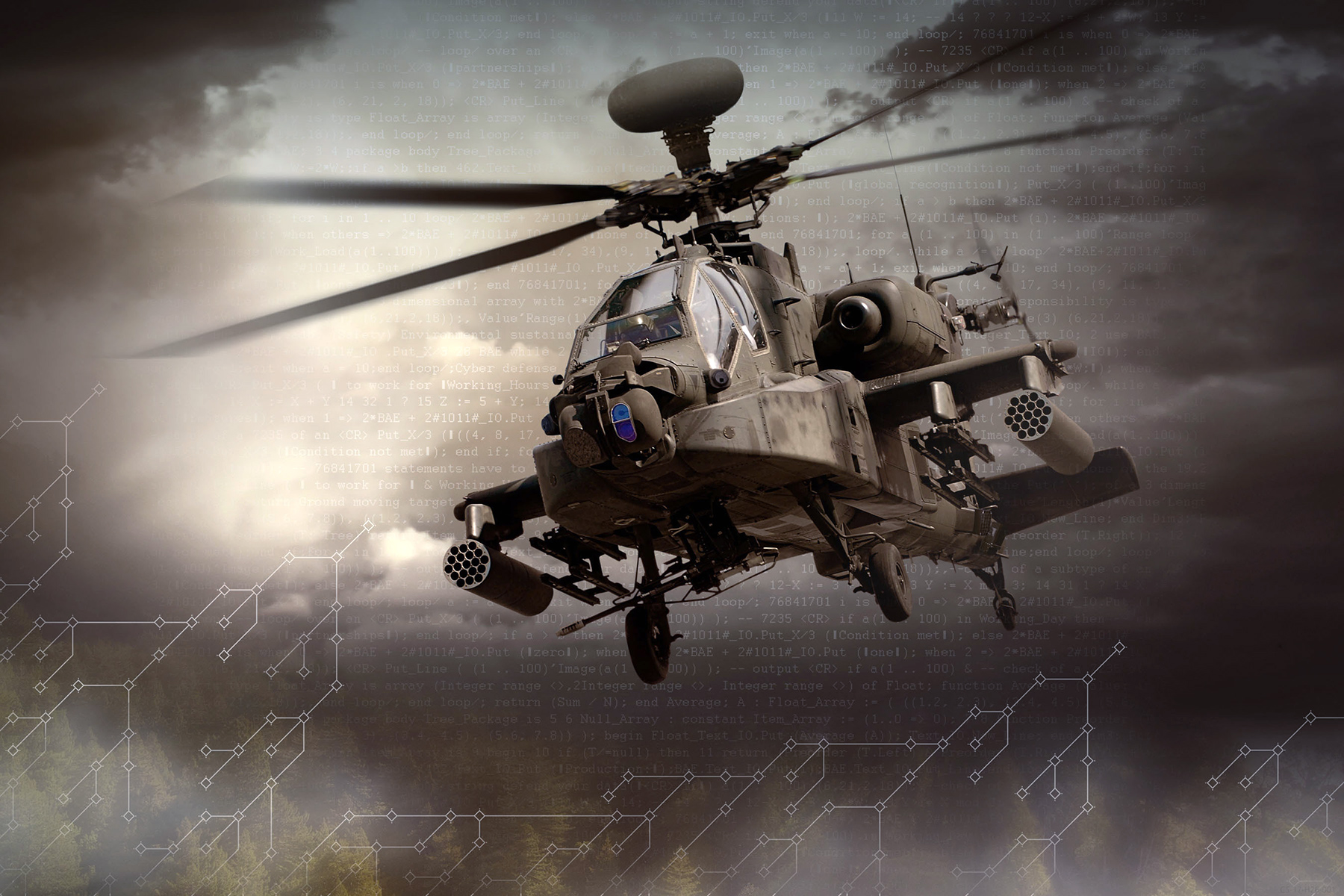
Modern aircraft operate in a complex and evolving threat environment. From advanced surface-to-air missiles to electronic warfare systems, the challenges facing aircraft have become more diverse and sophisticated. As a result, there is a growing need for comprehensive survivability solutions that can adapt to and mitigate these threats effectively.
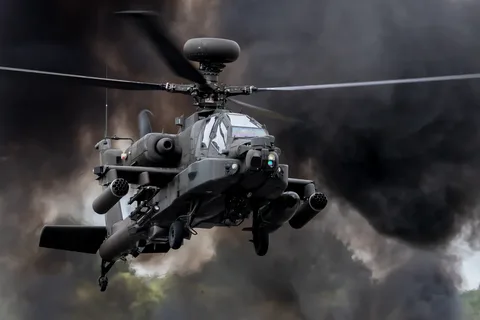
Collaboration Between BAE Systems and Leonardo
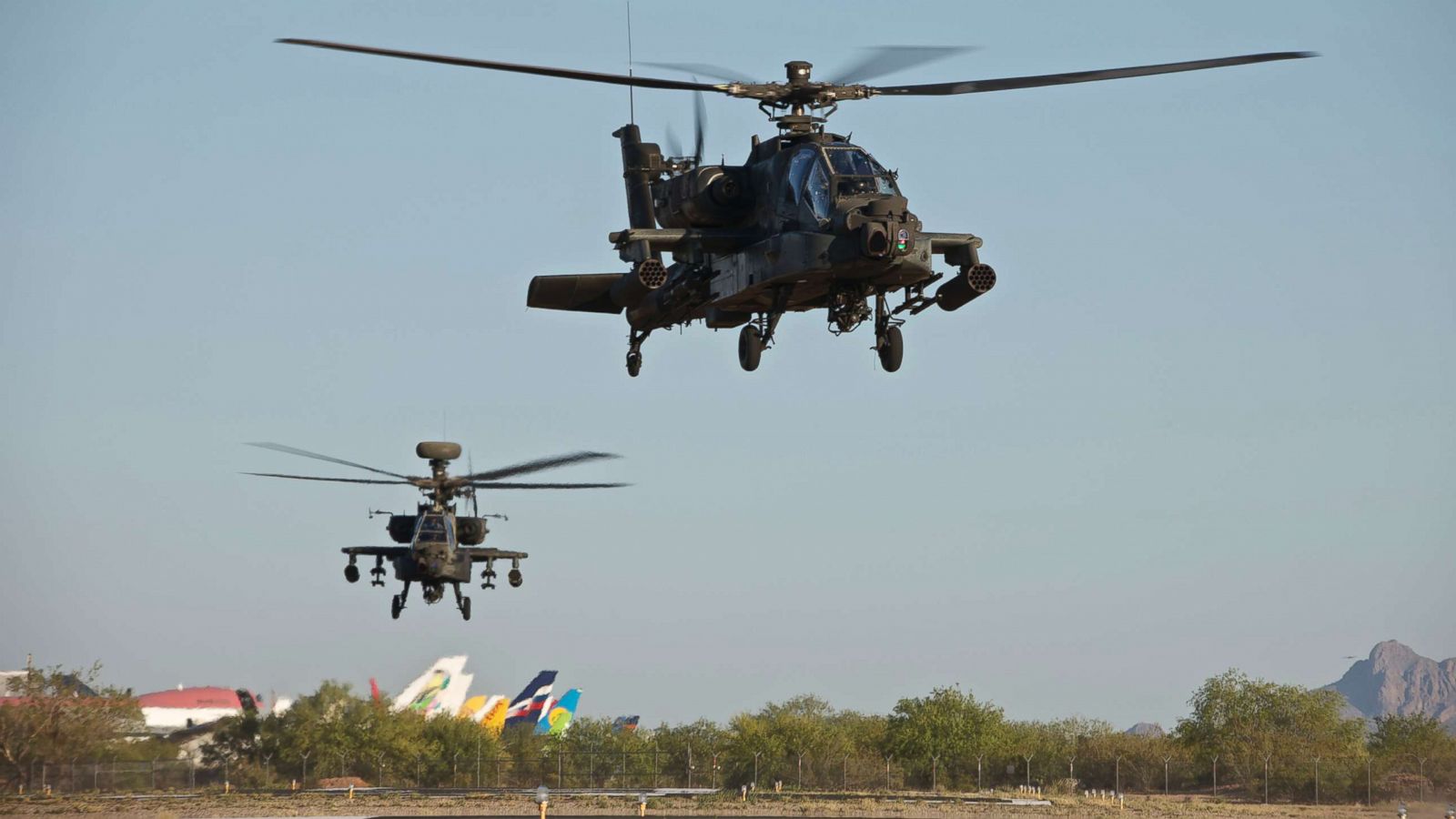
BAE Systems and Leonardo, both renowned for their expertise in defense and aerospace technologies, have come together to address this critical need. The collaboration aims to develop an interactive aircraft survival capability that leverages advanced technology and real-time data analysis to enhance aircraft safety in high-risk scenarios.
Key Components of the Interactive Aircraft Survival Capability
-
Advanced Threat Detection: The system will integrate cutting-edge threat detection sensors and technologies to identify and assess potential threats in real-time. This will include radar warning receivers, infrared sensors, and electronic support measures.
-
Dynamic Response: The interactive system will be designed to provide dynamic response options to counter identified threats. This may involve adjusting the aircraft’s course, activating countermeasures, or engaging in electronic warfare tactics to defeat incoming threats.
-
Machine Learning and Artificial Intelligence: Machine learning algorithms and artificial intelligence will play a crucial role in processing and analyzing threat data. These technologies will enable the system to adapt and respond to emerging threats based on historical data and real-time inputs.
-
User-Friendly Interface: The system will feature an intuitive user interface that allows pilots and aircrew to interact with the technology seamlessly. This ensures that the human element remains central to decision-making in high-pressure situations.
-
Data Sharing and Integration: The collaboration between BAE Systems and Leonardo will prioritize data sharing and integration capabilities. This means that the interactive aircraft survival capability can work in concert with other onboard and offboard systems, such as electronic warfare suites and mission control centers.
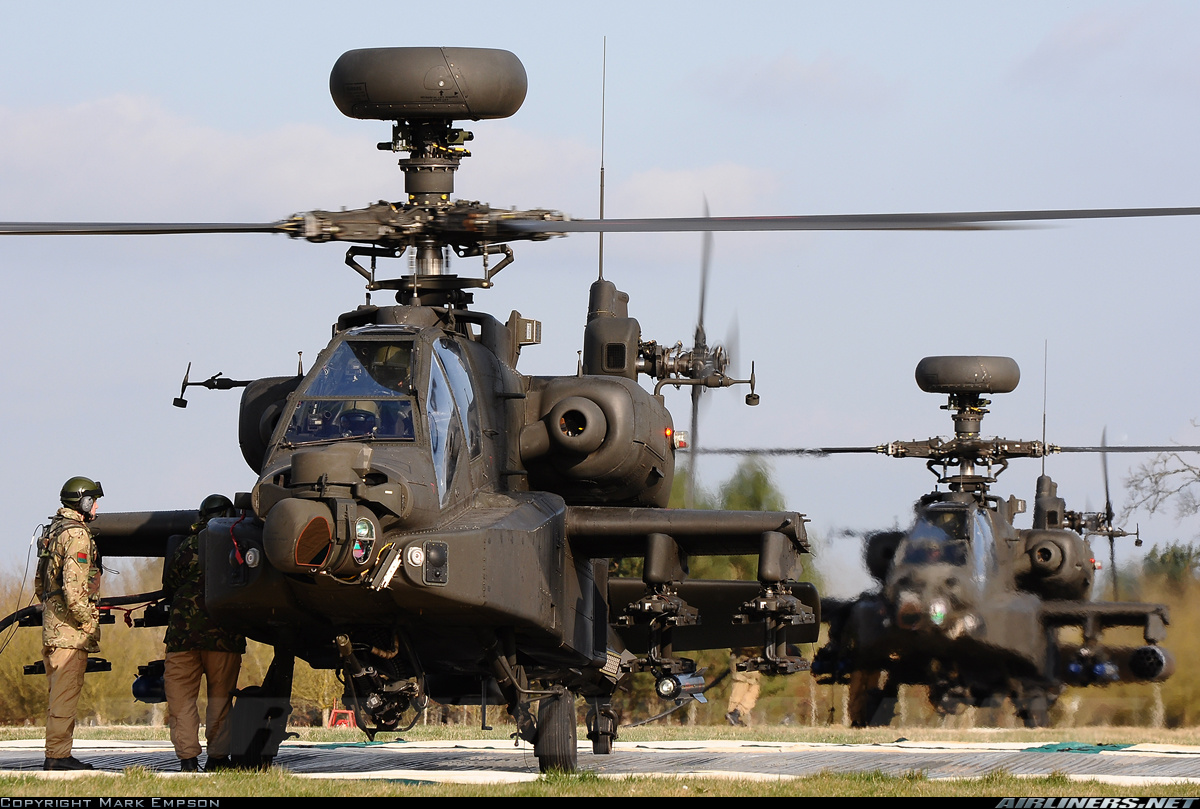
Potential Impact and Future Applications
The development of this interactive aircraft survival capability has the potential to revolutionize the way aircraft respond to threats and challenges. It not only enhances the survivability of military aircraft but also has broader applications in civil aviation, where safety is paramount.
Additionally, the technology developed through this collaboration could be adapted for use in unmanned aerial vehicles (UAVs) and autonomous aircraft, further expanding its reach and impact in the aerospace industry.
Conclusion
The collaboration between BAE Systems and Leonardo to develop an interactive aircraft survival capability represents a significant advancement in aerospace technology. This initiative underscores the commitment of both companies to enhance aircraft survivability in an ever-changing and complex threat landscape. As this project progresses, it holds the promise of making air travel safer and more secure for both military and civilian aviation. The future of interactive aircraft survival capabilities is here, and it has the potential to transform the way aircraft navigate through challenging environments.

